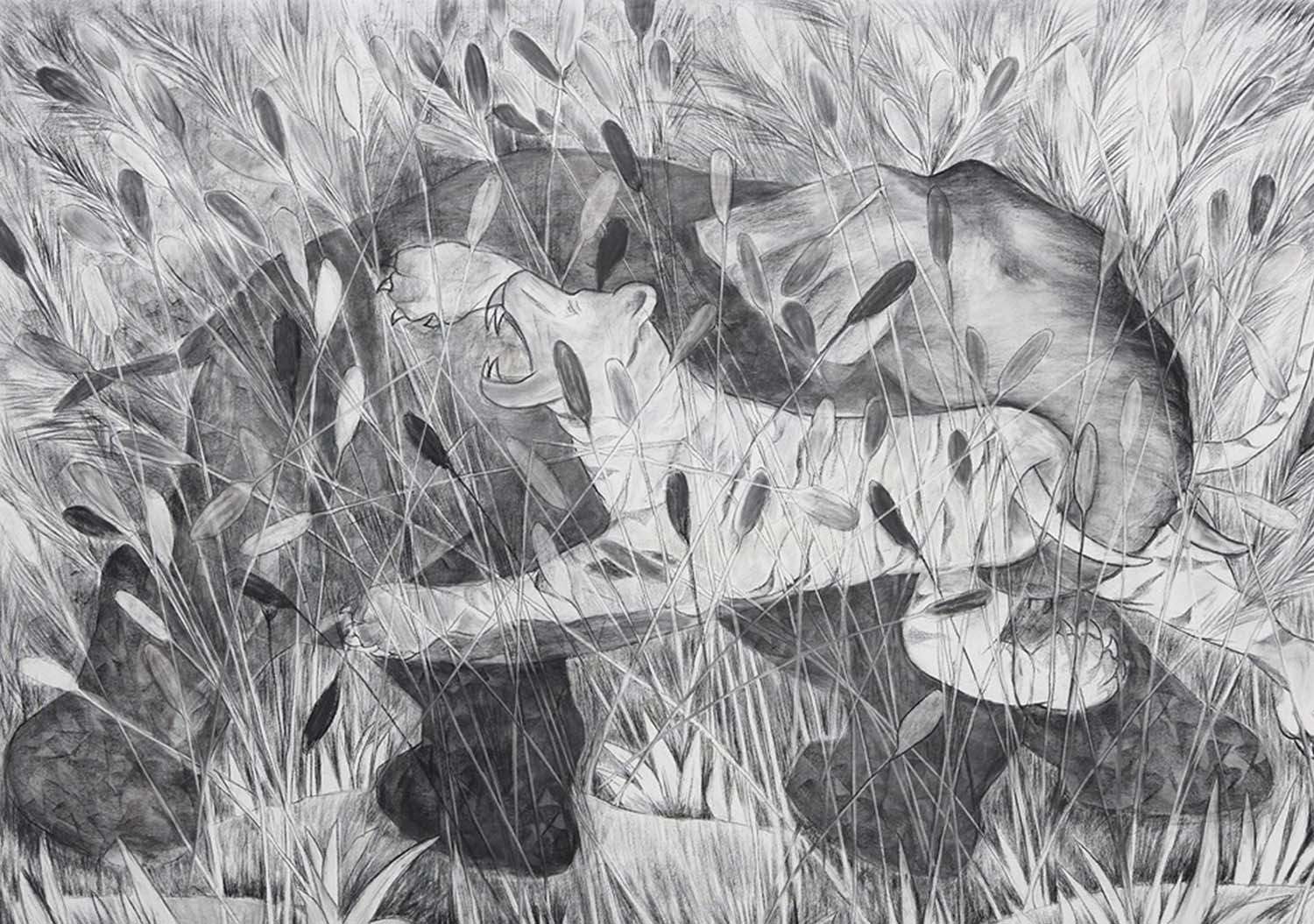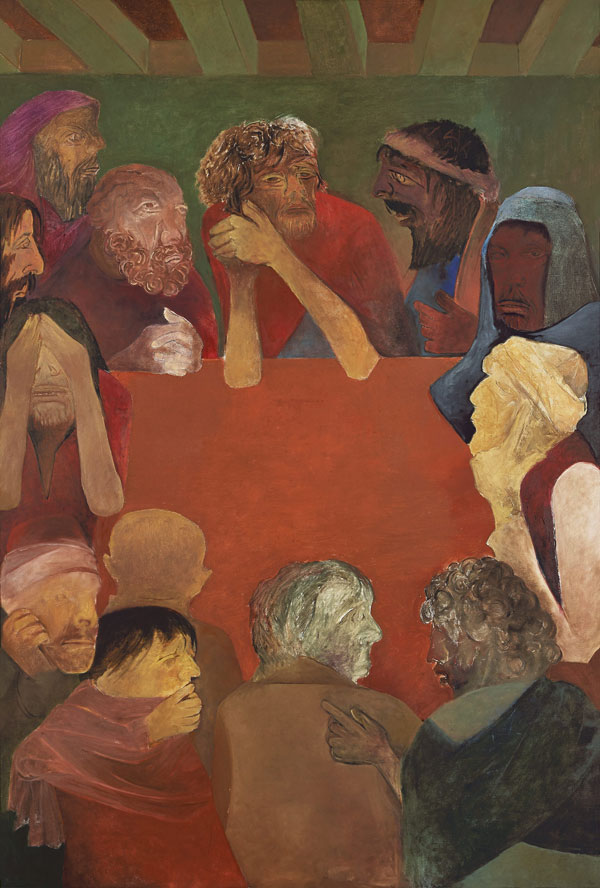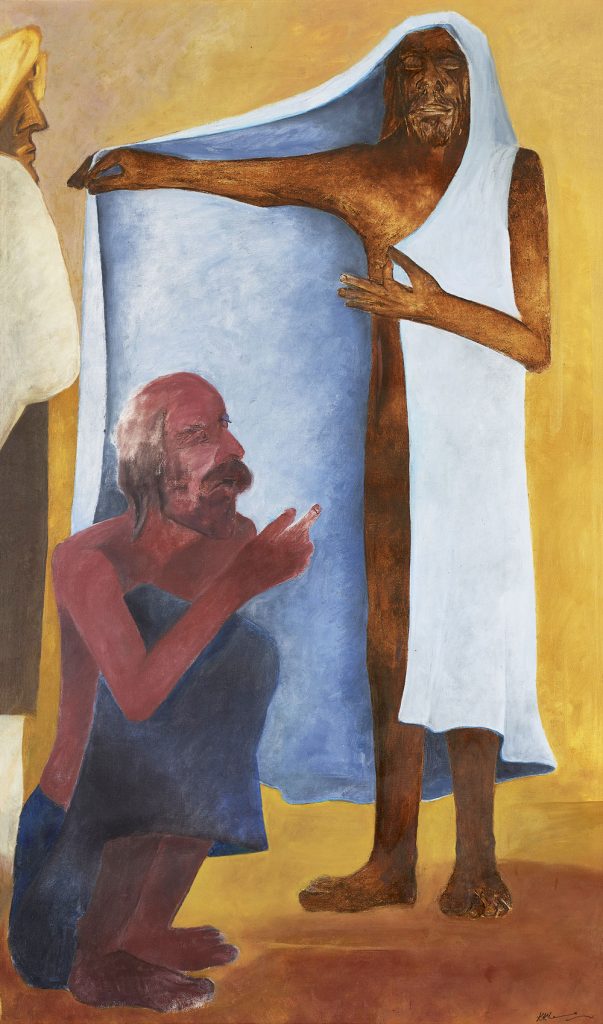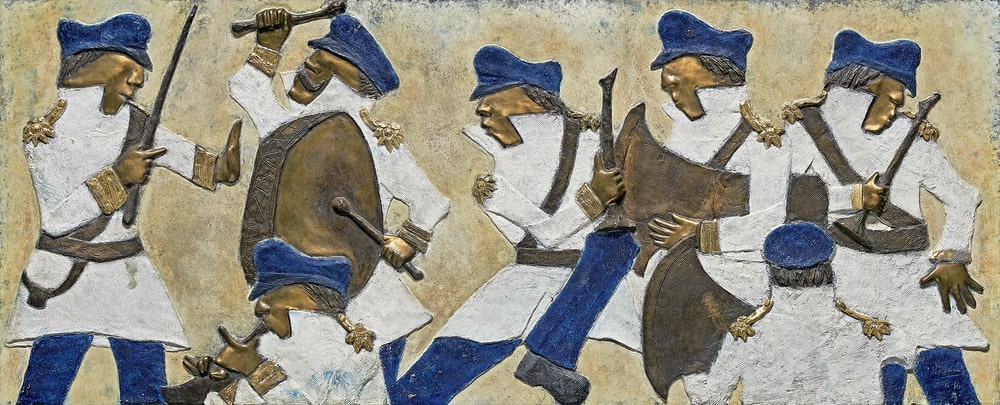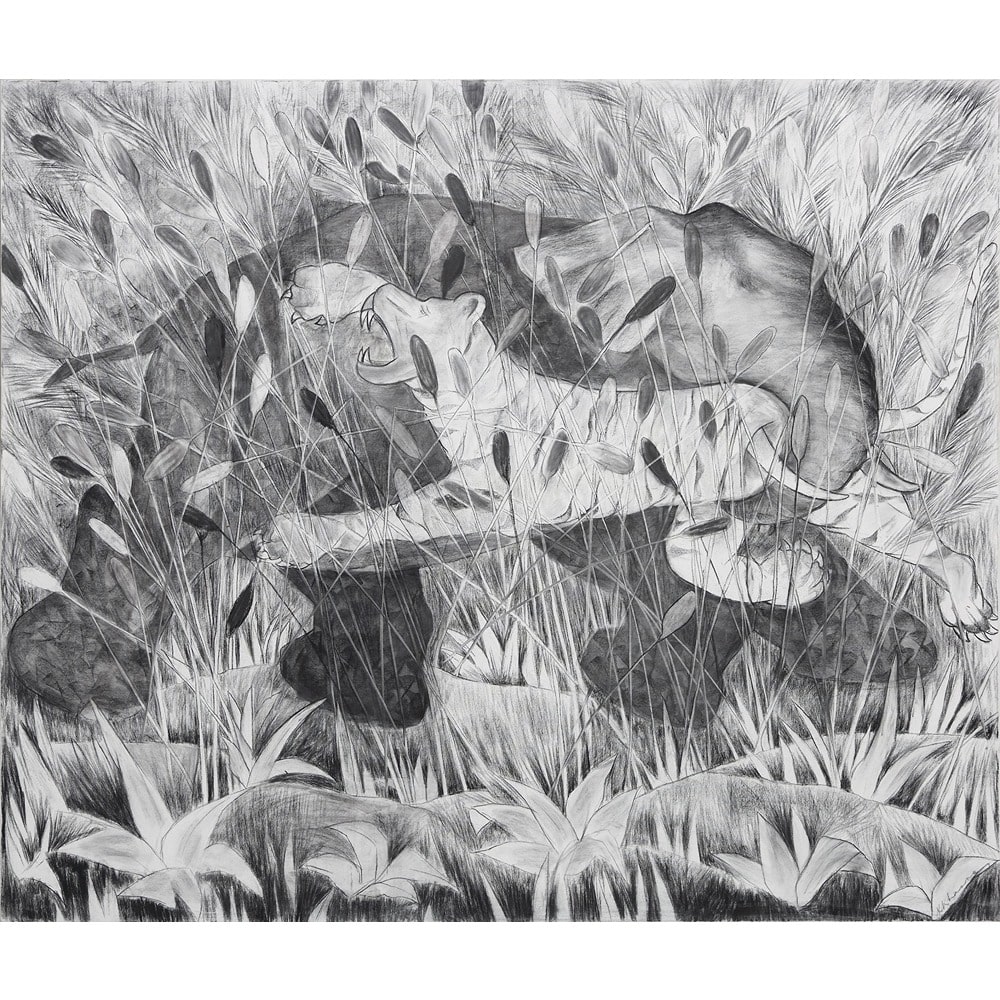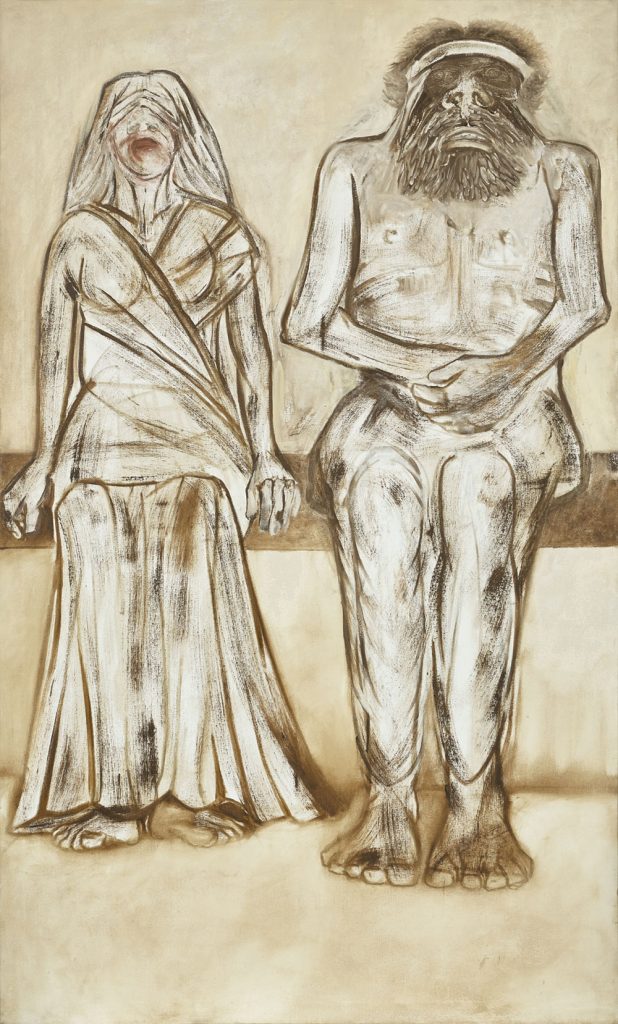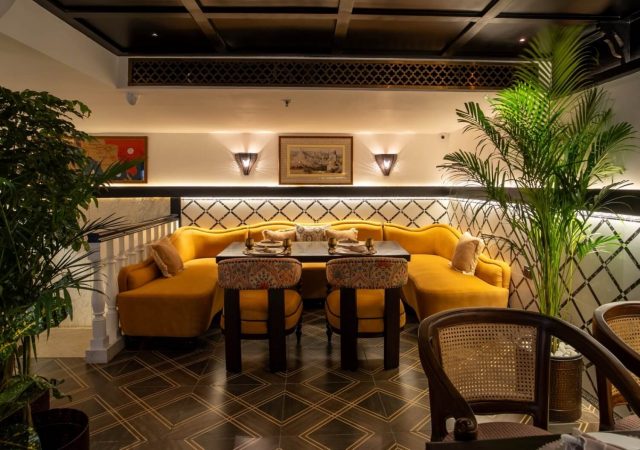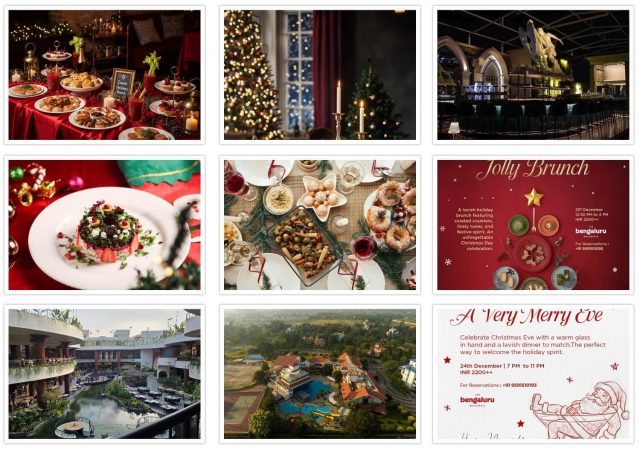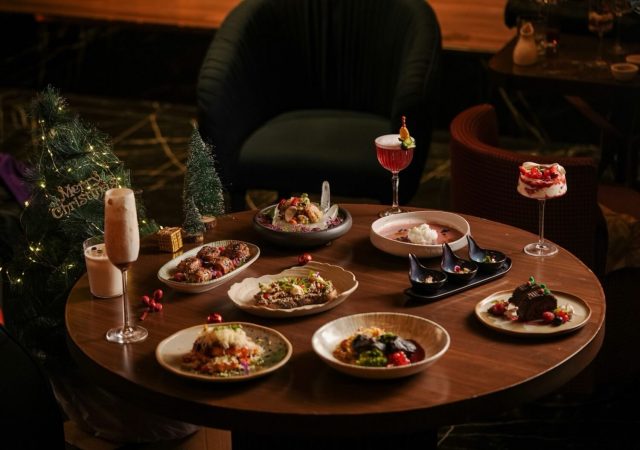By Sneha Gautam, Senior Vice President at AstaGuru Auction House
With an illustrious career spanning several decades, Khanna’s artistic journey has been marked by a profound exploration of diverse themes, capturing the essence of Indian culture, history, and human experiences. His remarkable oeuvre is a fascinating voyage through his life and the significant themes that have defined his artistic brilliance.
Born in 1925 in Faisalabad, now in Pakistan, Krishen Khanna’s artistic inclination emerged at an early age. After graduating from Lahore’s Government College of Art, he joined the Progressive Artists’ Group, an influential collective that sought to break free from the constraints of academic art and embrace modernism. He was awarded the Rockefeller Fellowship in 1962 and was a resident artist at the American University in Washington during the years 1963 – 1964. Khanna’s artistic expression evolved over time, and he developed a distinctive style characterised by bold brushwork, vibrant colours, and a deep empathy for human emotions.
A predominantly self-taught artist, one of the earliest images that piqued Krishen Khanna’s interest was Leonardo da Vinci’s ‘Last Supper’. His father had gifted him a reproduced illustration of the painting when he was a young boy, post which he remained engrossed in his attempts to sketch the Last Supper for an extensive period of time. Therefore his inclination to capture the rich and varied use of Christian imagery in his works has resulted in him creating some of his most impactful and memorable paintings.
The artist has been inspired on multiple occasions by Biblical events. They are represented by series/paintings such as the Doubting Thomas series, through which he explores the frail nature of man’s faith, especially in times of trial and tribulation. In the paintings dedicated to the Last Supper, he captures the essence of betrayal and vulnerability.
One of Khanna’s notable themes is the Bandwallahs, the marching band musicians. These paintings capture the energy, rhythm, and vibrant spirit of Indian street processions, reflecting the artist’s fascination with the folk traditions of his homeland. The artist was inspired to create this series when a performing group of Bandwallas blocked his car while he was in Delhi. In a work titled ‘Minstrel In Forest,’ the artist exuberates his figurative style and capacitates the subjects to reverberate out of the frame into reality. Aided by a bright colour composition, he controls the chaos emoted by the protagonists and balances the effect of the foliage in the background. The finesse of the artist’s expressionist technique is unambiguously revealed through this creation.
Another significant theme that pervades Khanna’s oeuvre is the portrayal of forest battles, a metaphorical representation of human struggles, conflicts, and the complex relationship between power and vulnerability. One of these is a large-scale work titled ‘Combat in Forest. It depicts a faunal fight between these two majestic animals. Rendered in a shadowy aura, the work does not depict a background in the conventional sense, but instead focuses on the figures, capturing a compelling exchange of energy and combat. Krishen Khanna’s skilful use of the medium of charcoal is evident in the way he creates light and shadow to bring out the nuances of his subjects.
His Blind King series explores serves as a powerful commentary on the complexities of power dynamics in society. By incorporating subjects from the ancient epic, Khanna symbolically captures the profound influence of political manoeuvring and power struggles through his artistic perspective.
Over the course of his career, Krishen Khanna has received numerous accolades and exhibited his works globally, earning him international recognition. In recognition of his significant contributions to Modern Indian Art, Krishen Khanna was honoured with the prestigious Padma Shri in 1990 and the Padma Bhushan in 2011.
Khanna’s unwavering commitment to artistic integrity and his ability to evoke emotions through his brushstrokes make him a true icon of Indian art, leaving an indelible mark on the canvas of history.
Photo Captions:
1. Last Supper, Oil on canvas, 72 x 48 in
2. Doubting Thomas With Jesus, Oil on canvas, 1978, 63 x 37.5 in
3. Minstrels In The Forest, Oil on canvas, 48 x 60 in
4. Untitled (Ed : 1-9), Bronze, 2016, 26.5 x 67 x 1 in
5. Combat In A Forest, Acrylic and charcoal on canvas, 72 x 84 in
6. Blind King And Blindfolded Queen, Oil on canvas, 2006, 70 x 42in


